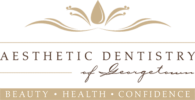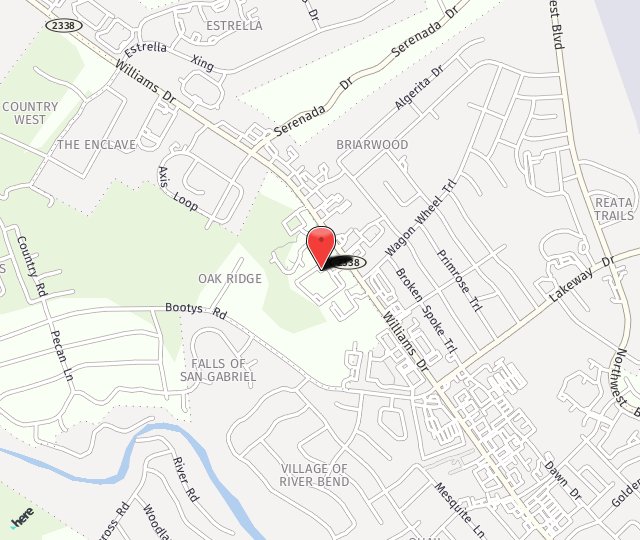Treating Periodontal Biofilm with a Diode Laser: A Patient’s Guide
Maintaining healthy gums is essential for overall oral health, and one of the biggest challenges is controlling periodontal biofilm—a sticky layer of bacteria that builds up on teeth and below the gumline. If left untreated, this biofilm can lead to gingivitis and periodontitis, increasing the risk of tooth loss and systemic health problems. As this bacterial biofilm matures, there are several very significant dangers to your health.
The byproduct or waste that is created is acidic and that irritates the bone that holds your teeth in place, causing that bone to move away from the irritation. As the biofilm grows, the actual kinds of bacteria become more pathogenic and aggressive, and harder to kill. This displaces the beneficial bacteria and accelerates the breakdown of the bone and gums around your teeth. The bacteria also marinates into the gum tissues around your teeth and that opens a pathway for that bacteria to flow throughout your body. The longer it goes unchecked, the more dangerous and harder to manage it will get. This is why the best way to keep your mouth and body healthy is to ensure the pockets around your teeth remain 3mm or less and never bleeds.
Unfortunately, sometimes the disease does catch a foothold, and early intervention is always the key. Thankfully, advances in dental technology, like the diode laser and micro-ultrasonics offer a minimally invasive, effective treatment to manage biofilm and improve gum health. Let describe how this laser therapy works and why it can be a beneficial addition to your periodontal care.
What is Periodontal Biofilm and Why is it Harmful?
Biofilm is a complex community of bacteria that adheres to teeth, especially in hard-to-reach areas below the gumline. While regular brushing and flossing help control biofilm, some bacteria can persist, leading to inflammation, infection, and gum disease. If not treated, periodontal disease can result in:
- Receding gums
- Bone loss around teeth
- Tooth mobility or loss
- Bad breath and discomfort
- Links to systemic conditions like diabetes and heart disease
- More serious diseases are also related to gum disease and these include things like Alzheimer’s, some cancers, respiratory infection, and many more.
How Does a Diode Laser Treat Biofilm?
A diode laser is a small, handheld device that emits a concentrated beam of light energy to target and disrupt harmful bacteria in the periodontal pockets. The energy destroys the bacteria and detoxifies the tissues around where it is applied. This gives your body a chance to start to heal itself in a healthy state. It is used alongside advanced therapy such as micro-ultrasonics to use gentle wave and fluid vibration to break up and flush the biofilm out of the space between the teeth and gums. This combination is the most effective way to enhance bacterial reduction and promote healing and avoids more costly and uncomfortable procedures like surgery.
Here’s how it works:
- Bacteria Reduction – The laser selectively destroys harmful bacteria in the gum pockets, reducing the infection.
- Inflammation Control – The light energy helps to decrease gum inflammation and bleeding.
- Tissue Healing – The laser stimulates healing, encouraging gum tissue reattachment.
- Less Discomfort – Unlike traditional surgical methods, laser therapy is gentle, minimally invasive, and often requires little to no anesthesia.
- Faster Recovery – Patients experience less pain and swelling, leading to a quicker healing process.
What to Expect During Treatment
If your hygienist discusses using diode laser therapy to help you keep your mouth and body healthy, here’s what you can expect:
- The treatment is quick and comfortable, often completed in just a few sessions.
- You might feel a warming sensation, but most patients report minimal discomfort.
- The laser will be used in conjunction with the micro-ultrasonic cleaning to ensure thorough bacterial biofilm removal.
- Post-treatment, your gums may feel slightly tender, but healing is typically fast and smooth.
Benefits of Diode Laser Therapy for Patients
Actually treats the bacteria causing the disease rather than an archaic insurance company standard that isn’t based on any research or logic and isn’t effective.
Minimally invasive – No cutting or sutures required.
Reduced bleeding & swelling – The laser cauterizes tissue as it treats.
Less pain – Many patients experience little to no post-treatment discomfort.
Faster healing – The laser stimulates regeneration and tissue repair.
More effective bacterial removal – Helps prevent disease progression.
Is Laser Treatment Right for You?
If you have gum disease, persistent inflammation, or deep periodontal pockets, diode laser therapy can be a great addition to your treatment plan. It is especially beneficial for patients who:
✅ Struggle with chronic gum infections
✅ Have had unsuccessful previous treatments
✅ Want a less invasive option with faster recovery
✅ Prefer a comfortable, pain-free experience
Taking the Next Steps for Healthier Gums
Periodontal health is vital for a healthy smile and overall well-being. If you’ve been dealing with persistent gum issues, talk to your dental hygienist or periodontist about diode laser therapy. Combined with good oral hygiene and routine professional cleanings, this innovative treatment can help you regain healthy gums and prevent future disease progression.
Have questions? Let’s discuss how laser therapy can benefit your smile at your next visit! 😊

